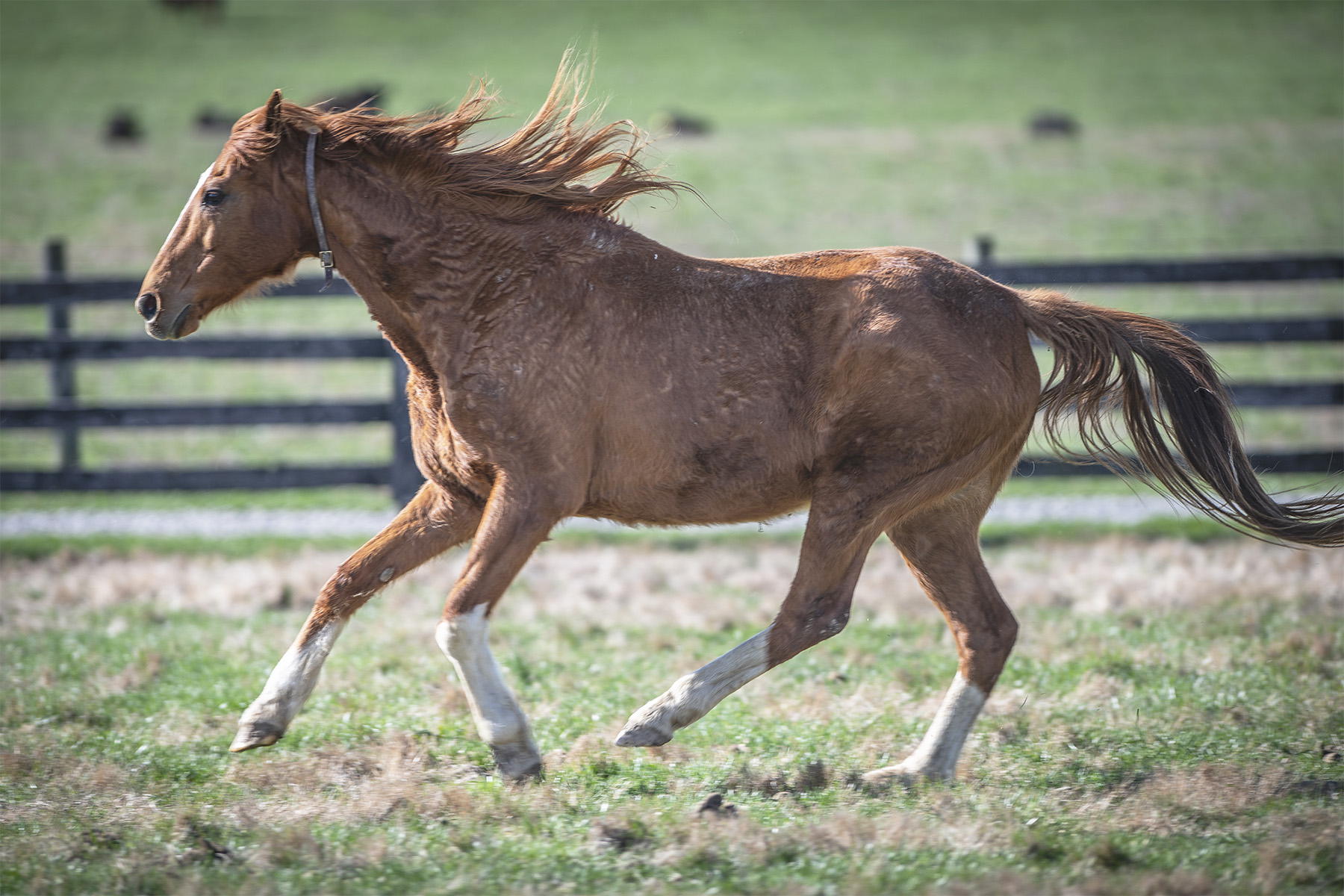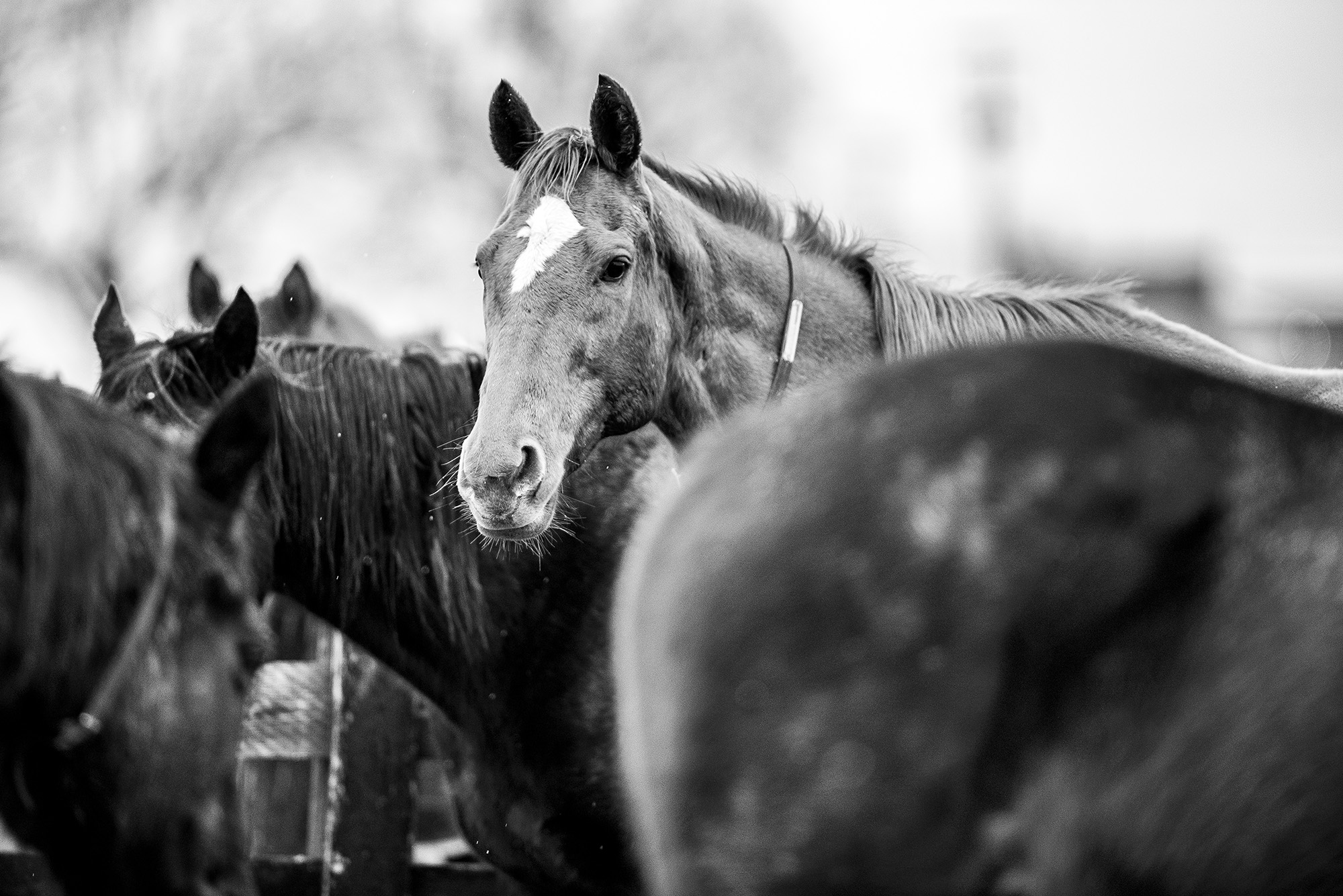Who We Are
The Thoroughbred Retirement Foundation (TRF) is a 501(c)(3) nonprofit founded in 1983, making it the oldest and largest Thoroughbred aftercare organization in the United States.
We are dedicated to providing dignified lifetime care for retired racehorses, most of whom remain with us for 15 to 20 years. Some arrive after a second or third post-racing career, while others come directly from the racetrack. No matter where their journey begins, it ends with the safe landing we are proud to provide.
In return, these horses serve as teachers and healers through our TRF Second Chances Programs, operated in partnership with correctional facilities across the country. In these unique programs, they inspire hope and transformation, offering incarcerated individuals the opportunity to learn horsemanship and develop essential life skills such as trust, responsibility, and a renewed sense of purpose.
Please review our 2024 Annual Report here: TRF 2024 Annual Report

Our Mission is Clear
The Thoroughbred Retirement Foundation provides dignified lifetime care for retired Thoroughbred racehorses while creating pathways for healing and growth through the transformative power of the human-horse connection.
Our Story
TRF was founded in 1983 and two years later, we had our first retiree.
His name was Promised Road and he was typical of the type of Thoroughbred that needs someone’s help and a caring home. At the age of 9, he was an undistinguished campaigner whose career ended with a sixth-place finish in a $3,500 claiming race.
Since the beginning, there have been thousands more like Promised Road who have come under the care of the TRF. Today, TRF is the oldest and largest equine sanctuary of its kind in the world.
TRF is about more than helping horses in need. Early in our history, Founder and Eclipse Award winner Monique S. Koehler negotiated a milestone agreement with the State of New York Department of Correctional Services. In exchange for land use and labor at the state’s Walkill Correctional Facility, TRF would design, staff and maintain a vocational training program in equine care and management for inmates.

After their release from prison, graduates of the TRF Second Chances Program have gone on to careers as farriers, vet assistants, and caretakers. The benefits of the program go far beyond vocational training. The emotional benefits and self-esteem derived from caring for, trusting in, and in many cases, loving another being are immeasurable.
Most horses under TRF care suffered career-ending injuries on the track that make them suitable only for a quiet retirement at pasture. However, hundreds off TRF horses have successfully been retrained and adopted out to homes where they began new lives as pets, competition horses, police mounts, or equine-assisted therapy partners.
While TRF can point with pride to its many accomplishments over the decades, the realization of the ultimate goal — saving all Thoroughbred racehorses from needless suffering — is not yet in sight. TRF must maintain the operating resources needed to ensure long-term continuity of care for our current retirees.